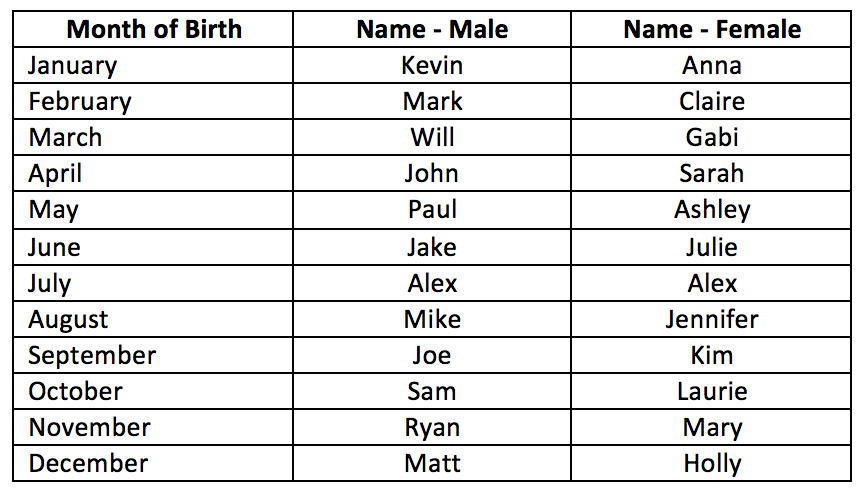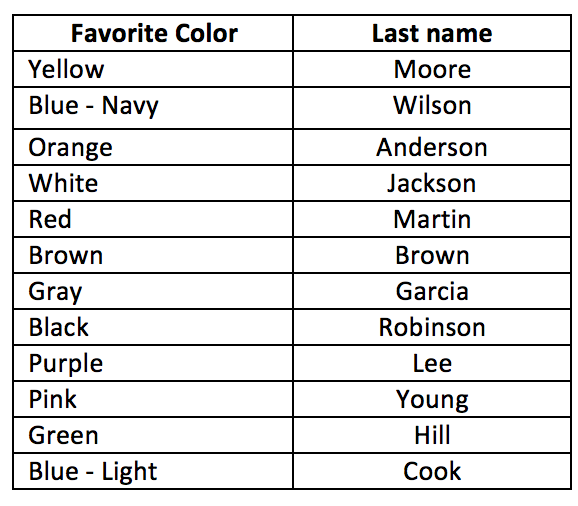In every university on the planet in every Economics 101 class, professors teach a very simple concept of FIFO (First In, First Out). It’s basically meant to describe the way products/material move through a system. There are two basic types, FIFO and LIFO (Last In).
FIFO is you get some supplies shipped to your warehouse, but you first use the supplies you already have in your inventory. LIFO is you get those same supplies shipped to you, but instead of using the inventory you already have, you first use this new inventory to fill orders.
Unfortunately, in Talent Acquisition we really haven’t figured out the basic economic theory when it comes to Contract labor.
We’ve built Vendor Management Systems (VMS) and Managed Service Provider (MSP) which we thought were the answers to our prayers, but I find most corporate TA leaders and most vendors being pushed through these systems, are unsatisfied with the results on both sides.
So, How Do We Fix It?
The pain point in bad contract hiring is caused by speed!
Yes, that same speed we desperately want is causing us to hire poorly!
Stick with me. VMSs work as a middle person between vendors and corporate TA. They’re basically a wall so your hiring managers and TA pros aren’t taking a million calls a day from bloodsucking recruiters.
VMSs have tried to fix quality issues, but the reality is in their veal to deliver talent quickly, that get caught in this LIFO dilemma. Almost every VMS on the planet runs their submission process in the same way:
- Job requisition goes out to suppliers
- Suppliers have some sort of limit of candidates they can put in (like 3 each), and the requisition has a limit of submissions it will accept as in total from all suppliers (like 25)
- Suppliers are on the clock to put candidates in before the competition puts them in.
- Riot mentality ensues and suppliers put the first garbage they can find into the system for fear of missing out.
- The “first-in” candidates are interviewed and a candidate is hired on contract.
The hiring manager is told this the best talent available, sorry, you’ll have to do.
This is a lie.
One small change by VMSs and corporate TA could easily fix this problem. Do everything exactly the same way you’re doing it now, but don’t allow any vendors to submit talent for 48 or 72 hours. With this ‘window’ of time, your vendors would actually contact more talent, better talent, and not have the fear of missing out in shoving talent into your system as fast as possible. They would still be limited to three, but now they could actually select their three best – NOT – the first three they get in touch with.
Simple. Easy. Effective.
The two or three days of waiting, is nothing, compared to the increase in candidate quality you would get.
The contract hiring world has actually gotten to the point where it moves too fast. Too fast to give recruiters a chance to find the best talent that is interested in your openings. Indian call center recruiting shops are killing VMSs because of how they are set up. It’s all about meeting a number, it has nothing to do with actually finding great talent for your organization.
Contract hiring is increasing in all markets. This isn’t going away, so we need to find better ways of doing this. As you look into 2018 and beyond, and start to analyze your total workforce (ftes, contractors, temps, consultants) the portion of the total that will be contingent is growing. The more it grows, the better quality you need to have. Moving fast is great until it isn’t.
Company aren’t hiring the best contract employees they can right now, they’re hiring the fastest. There’s a big difference between those things.


